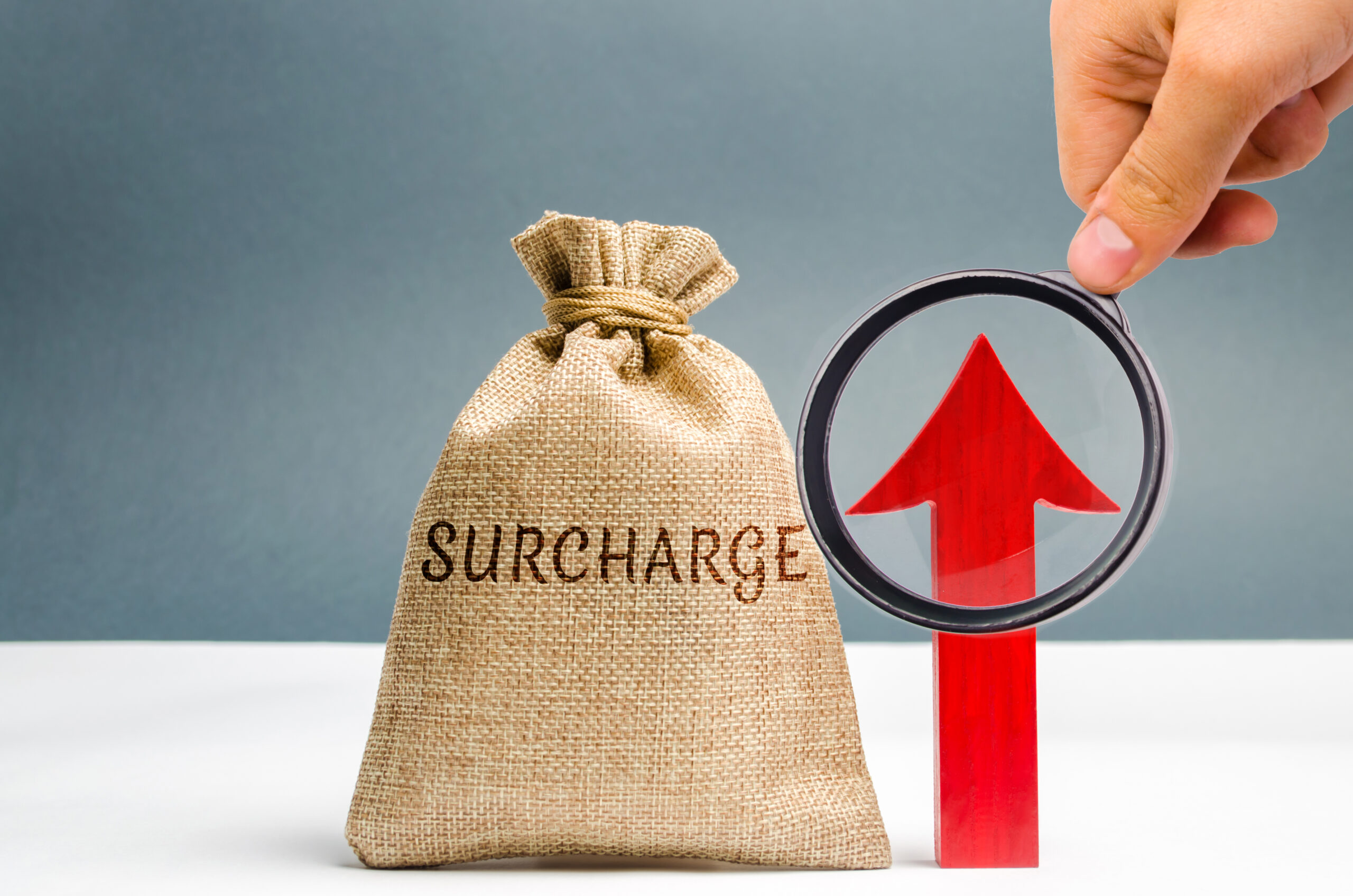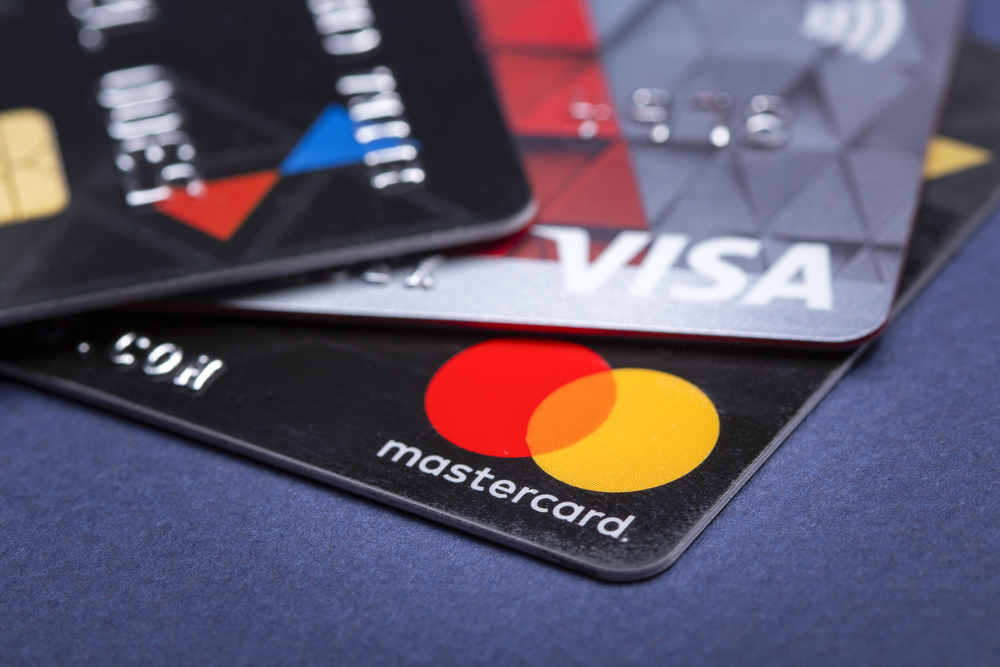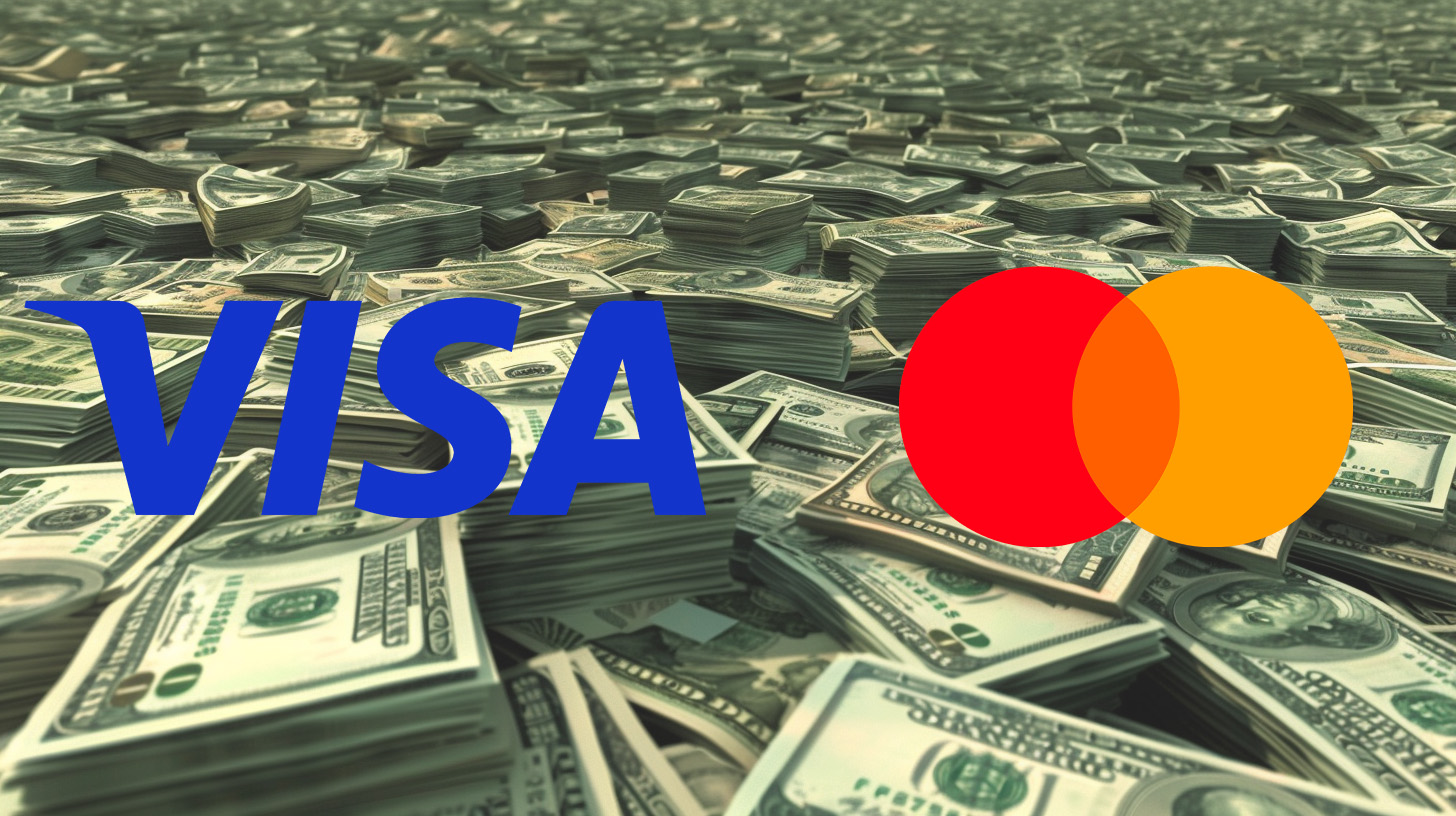
Credit Card Surcharges: Are They Legal?
Dec 19, 2022 2 minute Read
Today’s credit card holders are treated like royalty. While some card issuers have their hands in the till by charging high interest rates, some merchants also take advantage of customers by adding exorbitant fees to their purchases.
For example, retailers might charge a convenience fee or a premium pricing fee to cover the costs of processing card payments. Let’s explore how these surcharges work, where they’re legal, and whether you should pass them on to the customer.
Different Types of Credit Card Surcharges
When a customer pays for their goods or services with a credit card, the retailer must pay a processing fee to the issuing bank. This fee varies depending on the type of card used and can range from 1-4% per credit card transaction.
In an effort to recoup these costs, some retailers choose to add an additional fee onto purchases made with credit cards. These fees can come in the form of a convenience fee, premium pricing fee, or surcharge.
What is a convenience fee?
A convenience fee is a fee that’s added to the cost of a purchase when a customer uses a credit card. This could be a payment processing cost simply for being allowed to use your card.
However, a convenience fee is not a surprise. It must be shown at every stage of checkout. Think about when you go to a gas station. Sometimes there’s a little sticky note on the card reader that says “2% fee @ less than $5”. That’s a convenience fee. Merchants always have to pay a fee when a customer uses their card, but sometimes the amount charged gets eaten up by those fees. A convenience fee is one way to recoup that amount.
A premium pricing fee is also a fee which is added to the cost of a purchase. However, this fee is added directly to the purchase, as opposed to being a separate charge. This means that it’s not made clear to the customer until they are ready to check out.
What is a variable rate checkout fee?
Credit card fees are often a source of contention for businesses. These fees can range from processing fees to payments fees and even surcharge fees, which add a percentage on top of the purchase price.
There are three main types of surcharges credit cardholders may encounter:
- Percentage – a fee that’s added to the total purchase price, calculated as a percentage of the transaction amount.
- Fixed dollar amount – a set fee that’s added to each purchase, regardless of the total cost.
- Variable rate – adjusts the surcharge amount depending on the overall price of the purchase. This type is uncommon but can be beneficial for merchants as it incentivizes customers to spend more money.
The type of surcharge you choose depends on what your customers are willing to accept, the price of your products, and the fees your credit card processor charges you.
When is a surcharge legal?
Surcharges are legal under federal law. That means across the entire US, it is possible to place an additional fee on top of a customer’s bill. However, it varies depending on state law.
Connecticut, Maine, Massachusetts, New York, Oklahoma, and Puerto Rico do not allow surcharges of any kind. Florida tried to ban it, but failed at its attempt. Colorado used to prohibit it, but changed its mind and now allows surcharges at a max 2% of the total credit card purchase.
The limit is 4% of the purchase amount, though many states have a much lower limit between 2% and 3%.
What are the rules regarding surcharges?
There are four surcharge rules every merchant must adhere to if planning to implement one:
- Disclose all fees prior to the transaction. This means that customers must be aware of the surcharge amount before they commit to the purchase. Signage is the best way to show
- List fees on the receipt. The surcharge amount must be itemized as a line item on the receipt so that customers can review it.
- Do not place a surcharge on debit cards. This is against the law under the Durbin Amendment. The only form of payment you are allowed to place a surcharge on is credit cards. Even though many debit cards look and act like credit cards, they are different and are exempt from surcharges.
- Cap your surcharge at 4%. You cannot charge more than 4% of the transaction amount for any reason. The surcharge cannot exceed the amount charged to merchants by the credit card processor (which is usually around 2.5%).
Pros and Cons of Adding a Credit Card Surcharge
Adding a surcharge can be beneficial for retailers. It allows them to recoup the cost of processing card payments and incentivize customers to use alternative payment methods that are cheaper or free for merchants to process.
However, there are some potential drawbacks. Adding surcharges may result in unhappy customers who feel they’re being taken advantage of, and it could lead to fewer sales as customers opt for cheaper alternatives.
You can manipulate your payment gateway or POS to place an extra fee on cards like American Express, which is notoriously more expensive to accept, or even more well known card networks like Mastercard or Visa cards. These are called brand-level surcharges.
Product-level surcharges are extra fees applied depending on the type of product being purchased.
Additionally, some credit card processors do not allow surcharges on certain card brands or product. Check with your processor to see what’s possible.
There are both pros and cons to adding a surcharge to a transaction. The trade-off is whether or not the customer will still come back to you for your services.
Pros of Surcharges
- Allows retailers to recoup the cost of processing card payments
- Incentivizes customers to use alternative payment methods that are cheaper or free for merchants to process
- Can be beneficial for retailers
- Potential drawbacks should be weighed before deciding to implement a surcharge policy
Cons of Surcharges
- May result in unhappy customers who feel they’re being taken advantage of
- Could lead to fewer sales as customers opt for cheaper alternatives
- Some credit card processors do not allow surcharges on certain types of cards, or they may charge a fee for each transaction that has a surcharge applied
Ultimately, adding surcharges is an option available to merchants who gain back some of the credit card processing fees they are subject to. However, the potential drawbacks should be carefully weighed before deciding to implement a surcharge policy.
Bottom Line
It depends on the type of business and your target customer. Weigh the pros and cons of adding a surcharge to determine if it’s right for your small business. If you decide to go forward, make sure you are following all applicable laws regarding credit card surcharges.
Additionally, be transparent with customers about any additional fees that may be incurred. Transparency is key in creating trust and loyalty among customers.
It’s important to remember that a credit card surcharge is not the same thing as a convenience fee. A convenience fee is charged for services not related to the processing of payments, such as expedited shipping or handling charges. Convenience fees are usually nonrefundable and can vary depending on the service provided.




